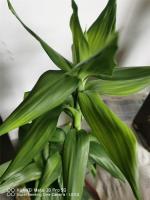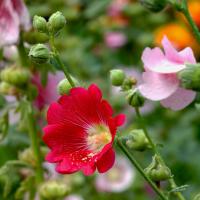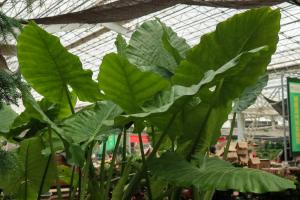Can I Plant Tomatoes in July in Georgia?
As a gardener in Georgia, you may be wondering whether it's too late to plant tomatoes in July. The answer is: it depends on the specific growing conditions in your area, as well as the type of tomatoes you want to grow. In this article, we'll explore some of the factors to consider when planting tomatoes in July, as well as some tips for ensuring a successful harvest.
The Best Time to Plant Tomatoes in Georgia
The ideal time to plant tomatoes in Georgia is in early May, when the soil has warmed up and the danger of frost has passed. However, if you miss this window, there is still hope for planting tomatoes in July. You may need to take extra precautions to protect the plants from extreme heat and drought, but it is still possible to have a successful crop.
Choosing the Right Variety of Tomatoes
When planting tomatoes in July, it's important to choose a variety that is suitable for the conditions in your area. Look for heat-tolerant varieties that thrive in hot, humid conditions. Some popular varieties for Georgia include Celebrity, Roma, and Better Boy. It's also a good idea to choose disease-resistant varieties to minimize the risk of plant diseases, which can spread more quickly in hot weather.
Tips for Planting Tomatoes in July
If you're planting tomatoes in July, here are some tips to keep in mind:
Plant in a location that receives partial shade during the hottest part of the day.
Add plenty of organic matter to the soil to help retain moisture.
Water the plants deeply and regularly, especially during dry spells.
Apply a layer of mulch around the plants to help retain moisture and regulate soil temperature.
Fertilize the plants regularly with a balanced fertilizer to promote healthy growth and fruit production.
Prune the plants to remove any damaged or diseased leaves or branches.
Harvesting Tomatoes in Georgia
Depending on the variety you choose and the specific growing conditions in your area, you may be able to start harvesting tomatoes as early as August. Look for fruits that are firm to the touch and fully colored, but avoid picking them when they are still green. Tomatoes can be stored in a cool, dry place for several days after harvesting.
In Conclusion
While planting tomatoes in July in Georgia can pose some challenges, it is certainly possible to have a successful crop with careful planning and attention to the plants' needs. By choosing the right variety, planting in a suitable location, and following best practices for watering and fertilizing, you can enjoy a bountiful harvest of fresh, delicious tomatoes in the late summer and early fall.

 how many times do yo...
how many times do yo... how many planted tre...
how many planted tre... how many pine trees ...
how many pine trees ... how many pecan trees...
how many pecan trees... how many plants comp...
how many plants comp... how many plants can ...
how many plants can ... how many plants and ...
how many plants and ... how many pepper plan...
how many pepper plan...
































